Italian revolvers and pistols: someone else's, their own and special
Mistress of all fatal centuries!
The peoples honored you like slaves,
And emperors are like children.
You judged the world from the throne of the Caesars
And a bigger world from the Vatican.
Your former power is an overthrown idol,
But humanity is drunk with your past.
Valery Bryusov "Italy"
stories about weapons. It turns out that I have never written about Italian revolvers, as if they did not exist. But this is not so, and story they have their own, and interesting in their own way. However, not only in revolvers. Pistols were also made in Italy, and they even patented them in Japan. But, of course, what they ended up with cannot be compared with the same “parabellum”. But it fired... Like revolvers. And it is about them - today strangers, our own and very special - this time our story will go.
Let's start by remembering how many different revolvers were offered in Europe on the market already in 1870. In almost every country, with rare exceptions, there were gunsmiths who sought to make themselves known and promote personal developments for the armament of their national army. Sometimes it worked, but not always.
The military, as if by agreement, tried to adopt not so much the development of their own, as foreign designers. At the same time, many focused on a country like Switzerland. And if a certain sample was adopted there, then this was a kind of guarantee of quality for them. After that, the same sample was usually adopted by them. This was the case with many European models of revolvers. The Italians were no exception to this rule ...
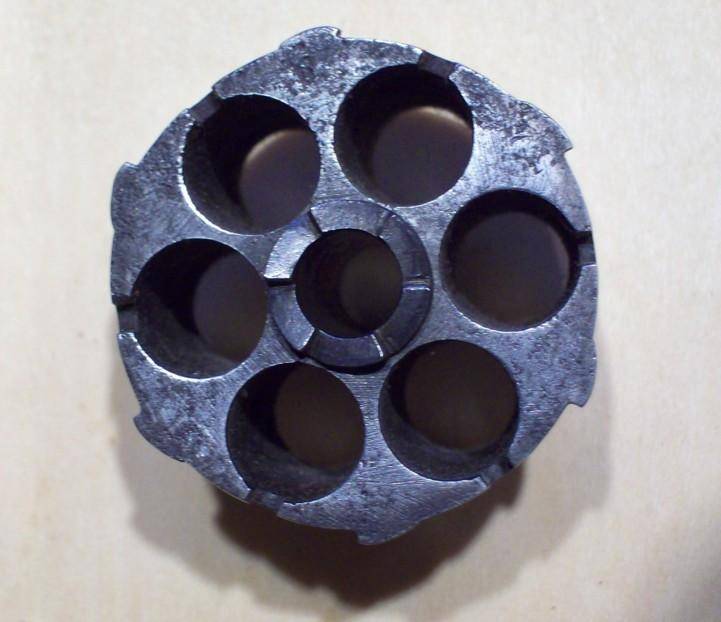
Wikipedia says that the metallurgical company, created by Francesco Glisenti back in 1859, did not start making small arms immediately, but only around 1870. However, in reality this is not the case.
From the very beginning, the company was interested in the production of weapons and, above all, all the same revolvers, so already in the same 1859, it produced 5 Lefoche revolvers for the Italian carabinieri (with a 000 cm long barrel and without a ramrod) for a hairpin cartridge. It received the name "Glisenti of 10" and under it entered the history of the arms production of Italy. Well, since 1858, the Lefoshe M1861 (under the name Pistola revolver Mod. 1858) has become the official service revolver of the Italian royal army.
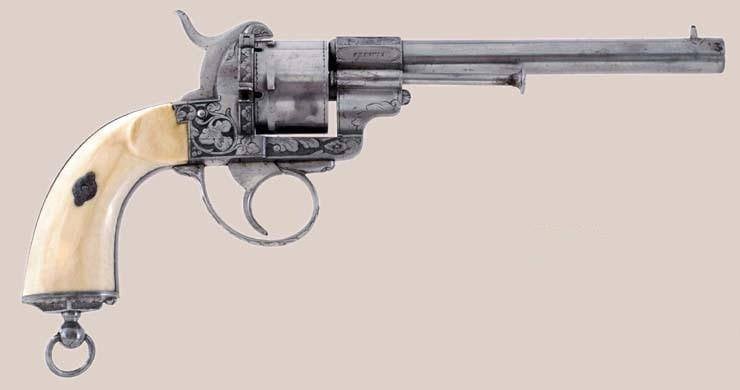
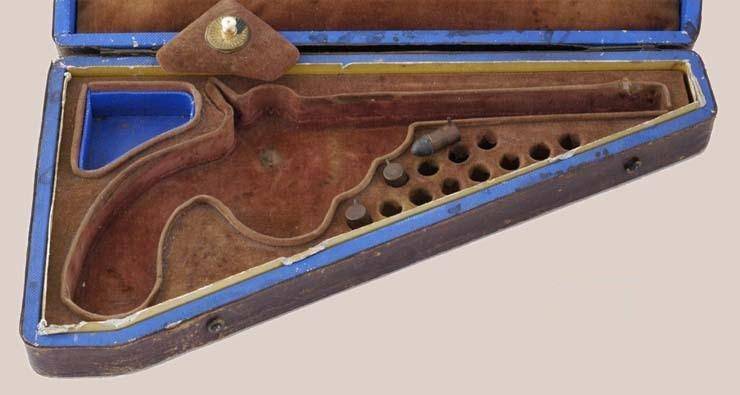
And then (or in parallel with this) it was that Gustave Henri Delvin (a former officer of the French army and a prolific inventor) got acquainted in 1861 with J. Chamelot (the Fusnot arms factory in Brussels), and they began to create revolvers, called "left-handed ”(since the“ Abadi door ”for loading is on their left) under hairpin cartridges.
These revolvers were produced by the Pilot Brothers enterprises in Liege, and already on May 25, 1871, they patented a revolver for central battle cartridges and immediately put it into mass production.
The Belgian army ordered several samples from them for testing, and in 1872 the Swiss army adopted their own revolver for 10,4 mm black powder cartridges.
“If the Swiss have it, then we must have it too!” - they decide in Italy, therefore, in the same year, the Italian kingdom adopts a cartridge of 10,35 mm (10,4 mm) caliber. And then there is France in 1873 adopting new 11,4 mm revolvers, moreover, under the designation Mle 1873 (soldier model) and Mle 1874 (officer). So there is nothing surprising in the fact that, without further ado, the Italians also choose the same revolver for their army, which receives the Italian service name Pistola a rotazione mod. 1874, and colloquially - "Glisenti" M1874. In reality, it was practically a copy of the Chamelot-Delvin revolver of 1873. It was produced by the Glisenti factory until 1889, when it was replaced by the 1889 Bodeo model.
The cartridge for the new revolver in 1874 was also developed by Societa Siderurgica Glisenti and named Mod. 74. Later modifications of the cartridge, respectively, had the names of the years: Mod. 89 and Mod. 99.
Cartridge Mod. 1874 had a lead bullet weighing 11,0 g and 7,58 mm long; 19,95 mm brass and tombac case, Boxer primer. The charge consisted of black fine-grained powder and weighed 1,10 g. The length of the cartridge was 30,13 mm, and the weight was 11,6 g. Later, he received a bullet in a brass sheath in accordance with the requirements signed by Italy under the Geneva Convention. Interestingly, the new Tettoni M1916 revolver (the Italian version of the Smith and Wesson revolver) also used the same 10,35 × 20 mm cartridge. And what's more, they are produced by the Flocci company to this day.
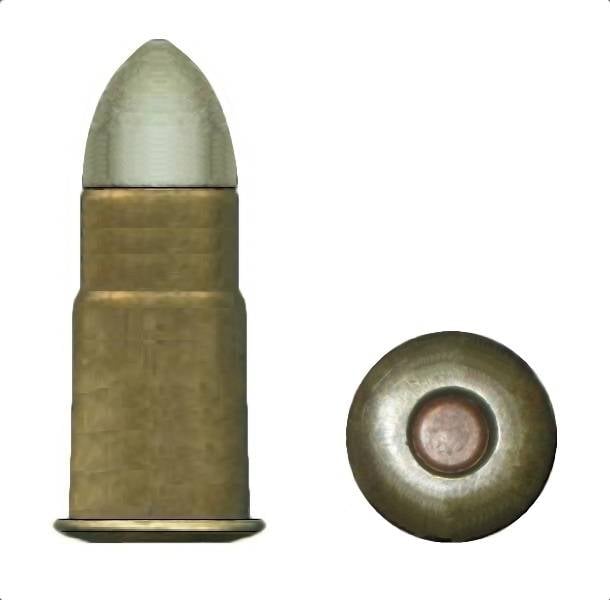
Glisenti, under the license of Chamelot-Delvin, produced its revolvers in the years 1874-1880. But the Pilot Brothers company also produced almost exactly the same revolvers. She regained her place in the market and actively sold her weapons to the civilian market, as well as to combat officers and reserve officers, who traditionally bought weapons for their own money. But they failed to satisfy all the requests, so other Liege manufacturers (in particular, the Lepage Brothers and others) joined the production of these revolvers, offering their models in .450 and .380 calibers.
In 1889, the Bodeo revolver (Italian Pistola a Rotazione, Sistema Bodeo, Modello 1889), named after the chairman of the commission, Carlo Bodeo, who recommended it, was adopted by the Italian army. However, only in 1891, this revolver was adopted for real. And then he served the Italians for so long that he even got into service with the Wehrmacht (Revolver 680 (i)) and was used in the German units that fought in Italy.
The revolver was quite modern for its time, but it had perhaps the largest caliber (10,35 mm) among European one-year-old revolvers. As in Russia, it was produced in two versions - soldier's and officer's. But the difference between them was only purely external - for some reason the soldier's model did not have a trigger guard, and he himself was made reclining. But the double-action USM was both in one and the other, unlike our "revolver", it was the same - double action. Why was it necessary to do so? Unclear. It's kind of weird, but that's how it was...
It is interesting, however, to look at the analogues of this "Italian" revolver, which were made by the Pilot Brothers enterprise. The following photos show Glisenti revolvers produced by this company in Liege. It is curious that their production continued until the 20s of the twentieth century, and they were in service until 1945.
A characteristic feature of the "pilot" copies was a shortened octagonal barrel. And so it’s impossible to distinguish them from the actual “glisenti” ...
To be continued ...
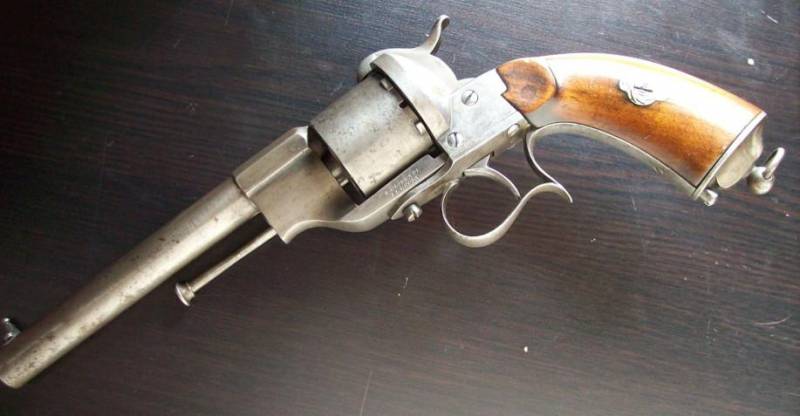
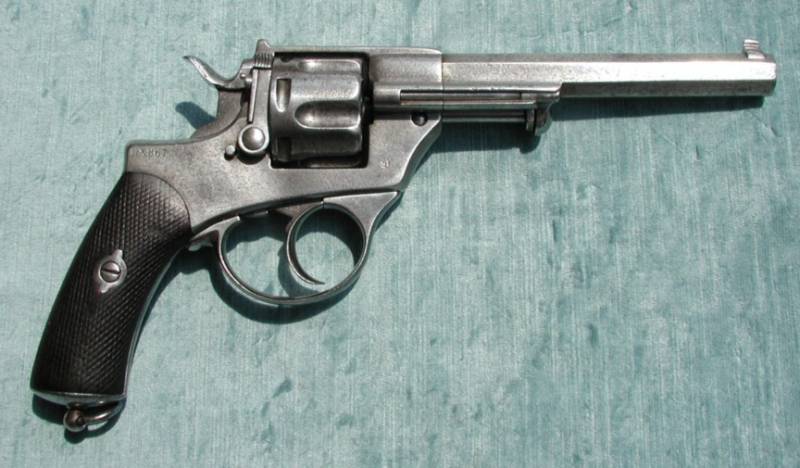
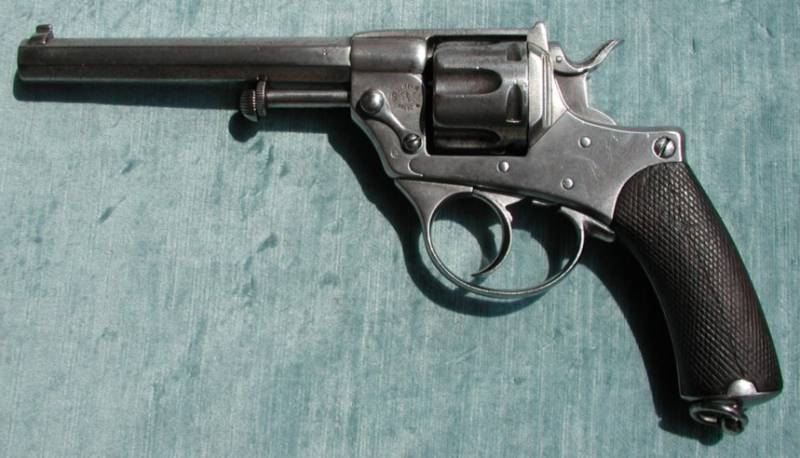
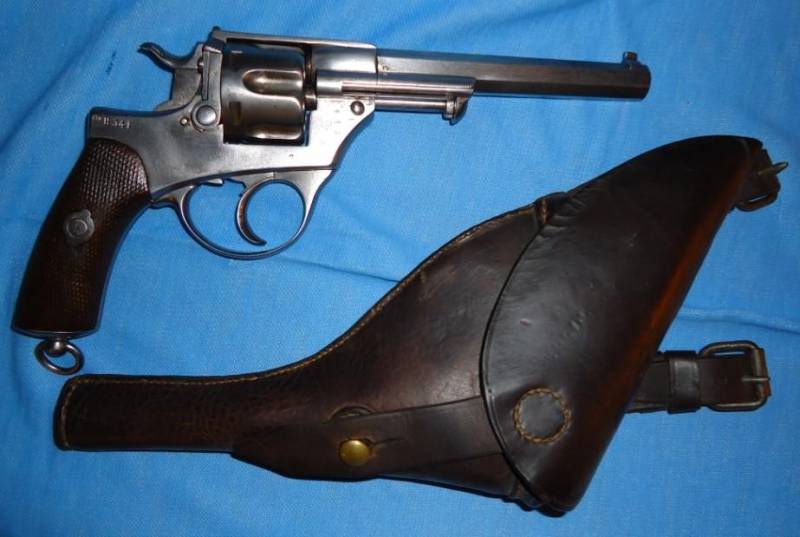
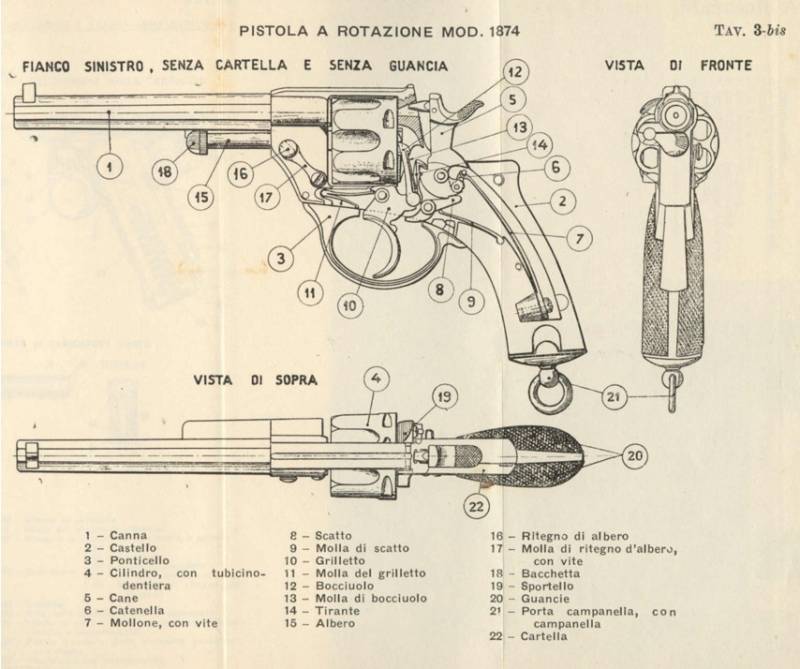
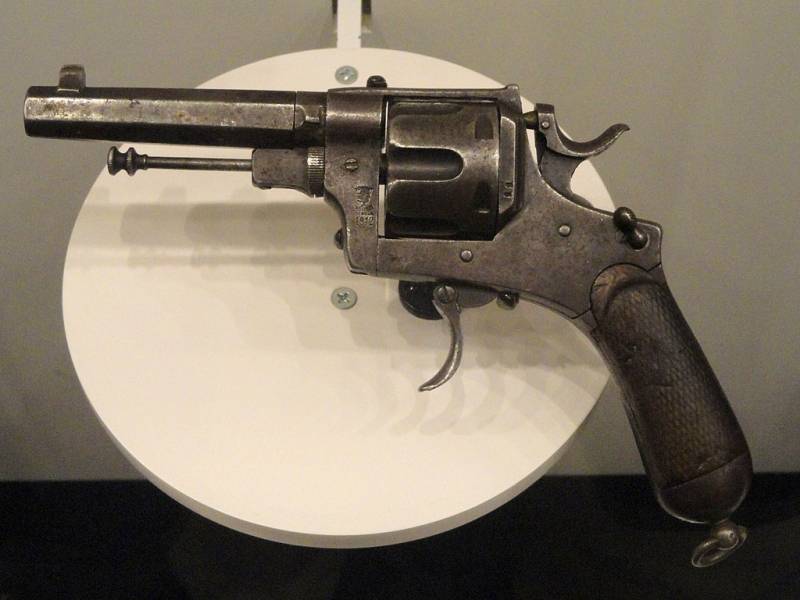
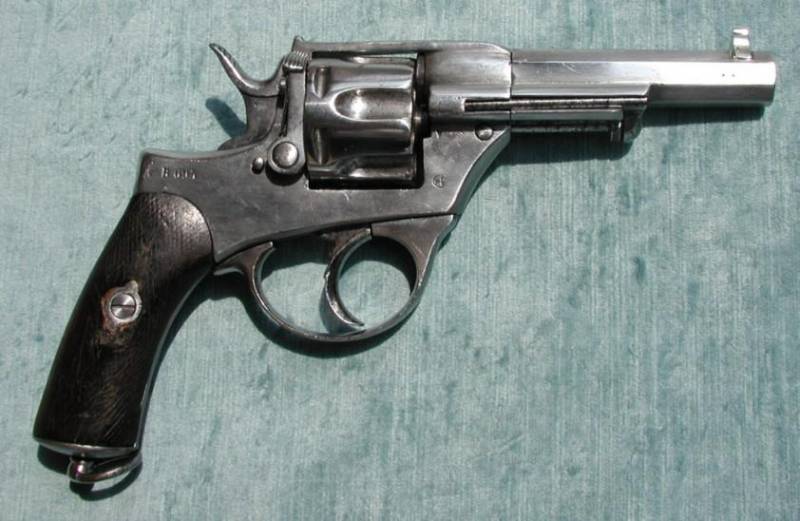
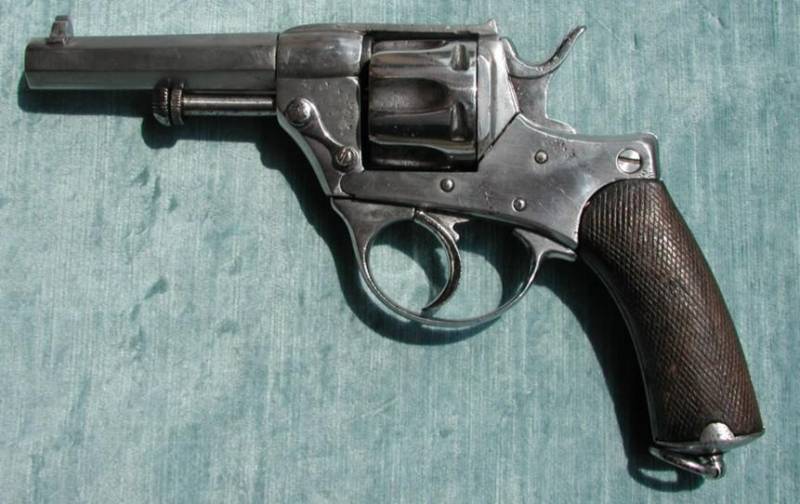
Information